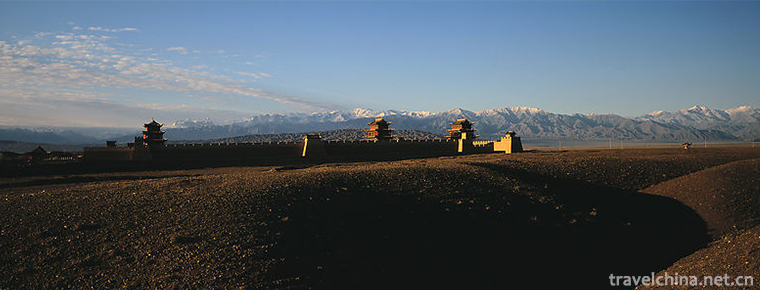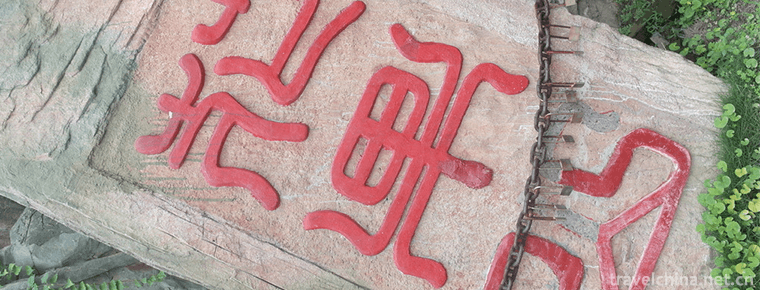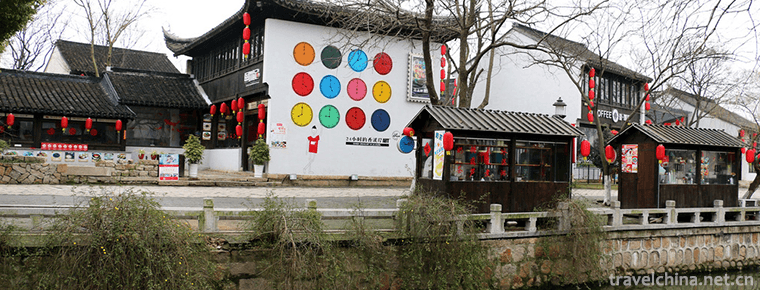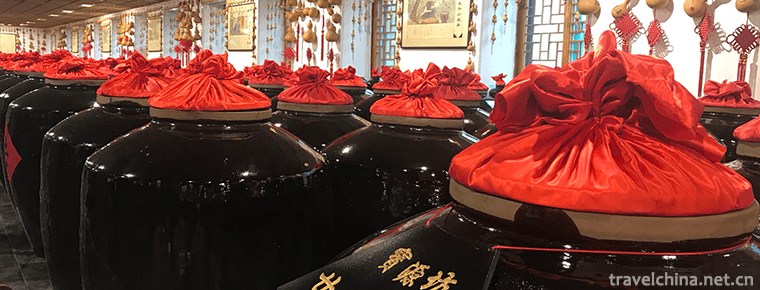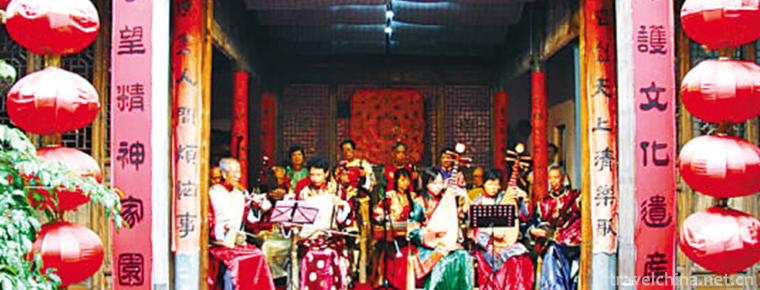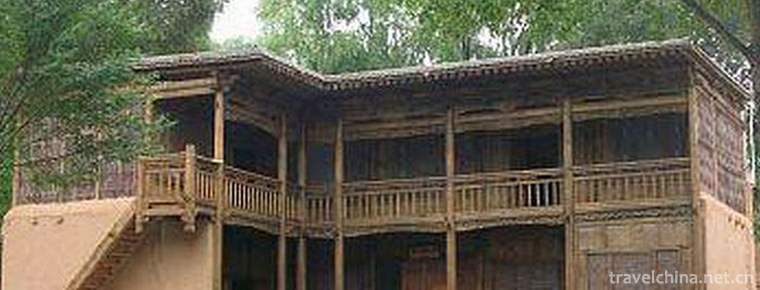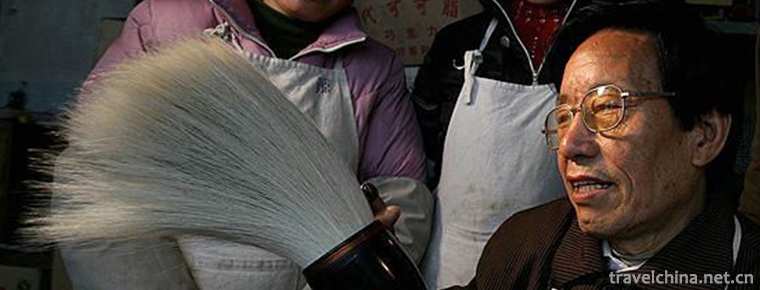Silver jewelry making skills
Silver jewelry making skills
Yunnan has been known as the "metal kingdom" since ancient times. Silver and copper resources in Western Yunnan are very rich, with Dali as a typical representative. Heqing Silver Ware Making Skills are mainly spread in Xinhua Village, Heqing County, Dali Prefecture. Have a long history. The Record of Heqing County records that "there are people who are good at smelting and processing instruments with copper and silver in the army. Villagers are accustomed to it, and all kinds of skills can be handed down from generation to generation. It can be seen that there are more than 500 years of history.
Among the silverware making techniques in Yunnan, Heqing County is the most famous. Local artists use pure silver as the main material, carving and pure silver wire drawing process combined, according to the required product shape, specifications, processed. The traditional folk handicraft features are retained. Silver wares are rich in shape, various in types, exquisite in craftsmanship and excellent in quality. The products are well-known far and near. They are exported to various provinces and cities, as well as to the United States, Japan, India, Malaysia, Nepal, Thailand, Pakistan and other countries. They are highly praised by the world.
historical origin
Xinhua Village is a Bai Nationality Village with a long history. It has more than 1000 years of production history of national handicraft. The production technology of silver national handicraft is the most prominent feature of Xinhua Village.
According to the records of Heqing County, as early as the mid-Ming Dynasty, Heqing had craftsmen who processed and made silver, bronze utensils and ornaments. The state's policy of vigorously developing the individual and private economy has injected vitality and vitality into the production of ethnic handicraft in Xinhua Village, making the traditional production of ethnic handicraft enter a new period of development and become the backbone industry of Xinhua Village.
Walking into Xinhua Village is basically "every household has its own crafts, every household has its own workshop". Products are exported to India, Pakistan, Thailand, Japan and other countries. Mainly sold to Tibet, Qinghai, Gansu, Inner Mongolia, Guizhou, Hunan, Sichuan and other provinces and regions. In the main tourist scenic spots of Western Yunnan, such as Lijiang Ancient City, Shangri-la County Town, Dali Butterfly Spring, Santa Temple and Kunming Yunnan Ethnic Villages, there are ethnic handicraft sales in Xinhua Village.
basic content
Silver processing is divided into 13 processes: 1. Material selection. 2. Refining and blending. 3. Hammer hammers silver pieces into sheets. 4. Making the first die, putting the silver sheet on the first die and hammering out the initial shape. 5. Filling the blank with rosin and other fillers. 6. Steels and hammers are used to strike marks on the surface of gold and silver to form various textures. 7. Silver is processed into silk by wire drawing. Jewelry is made by means of coiling, pinching, filling and stacking. 8. Gold and silver are wrongly cast into groove patterns on the surface of utensils. Gold and silver are embedded in the grooves and polished with wrong stones. 9. The fillers such as rosin are removed by melting at high temperature. 10. Combination welding makes the pattern into complete jewelry. 11. Clean the silver billet with plum vinegar and sour papaya juice. 12. Grind uneven areas with a setback knife. 13. Polishing immerses semi-finished products in detergent and brushes them back and forth with copper wire brushes.
Main features
First, "Heqing Bai folk silverware making skills" is a unique "folk handicraft" formed by Bai people in the long-term farming and living practice, combining the local people's production and living conditions and aesthetic characteristics with their own skills, which has a wide range of popularity and folk inheritance.
2. "Heqing Bai folk silverware making skills" is a kind of folk handicraft that Bai people are engaged in in in order to meet the needs of social production and life. Its handicraft products are durable, glossy, antioxidant and not easily discolored. It has been praised by Hechuan craftsmen.
3. There is no time limit for production. It can be produced all the year round. The price of products is affected by the market (gold and silver prices).
Important value
First, it is a carrier of spreading civilization and foreign exchange.
Second, it has irreplaceable inheritance value. Since ancient times, Chinese people have used gold and silver as symbols of wealth. The history of human use of silver can be traced back to 3000 B.C. Silver jewelry culture takes root in the folk. Silver workshops have gradually become a folk profession and become more and more prosperous. Silver jewelry is still popular in some minority areas. From the historical and realistic point of view, it inherits the track of the history of science and technology of ethnic minorities.
3. Silverware making is a traditional handicraft with its own strong characteristics created by the Bai people of Heqing in the long-term production process. It still retains the traditional style and characteristics of thousands of years.
4. Heqing Silver Ware Making is also one of the important bases for studying the economic, cultural and historical development of Bai nationality in Dali area.
Fifth, the whole process of Heqing Silver Ware making technology fully reflects the creative ability of craftsmen and craftsmen and the superb level of craftsmanship.
Survival status
Facing the impact of the development of the times and the strong culture, the ancient folk traditional craft of silverware production is facing the crisis of being gradually replaced by the mass production of modern machines. With the development of the western region and the development and expansion of folk tourism, people's way of thinking has changed. Because machine production has replaced manual operation, as well as the disordered competition of craftsmen and salesmen and driven by immediate interests, the original simple handmade things are replaced by modern machines. Its products have lost their original artistic value and collection commemorative value, and the traditional national and folk crafts and products are facing the crisis of sinicization, weakening and even extinction.
For a long time, the values that maintain and support Bai's traditional life style have changed dramatically. The farming culture of Bai's traditional society has been weakening day by day, and the traditional ideas have been greatly impacted. The handicraft skills of handicraft workshops are in urgent need of effective protection, guidance and standardization.
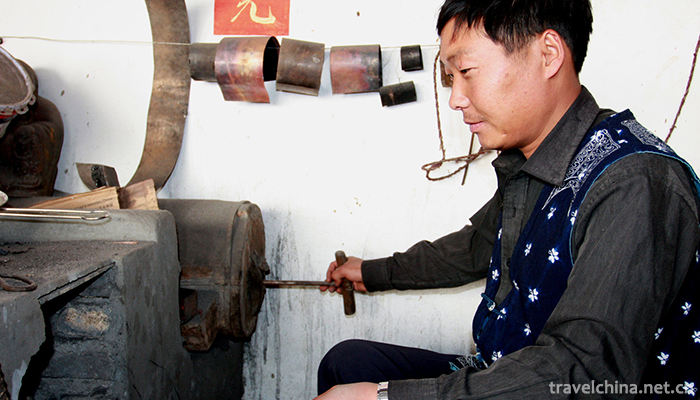
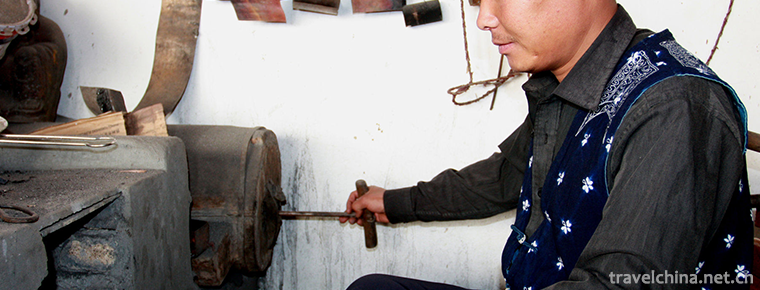
Silver jewelry making skills
-
Shoulds ancestral hall
Yanmenguan Scenic Spot is located in the northern part of Daizhou ancient city. South-controlled Central Plains and North-controlled Moyuan are grand military defense projects of ancient Chinese passe
Views: 233 Time 2018-11-24 -
MountHuaguoshan
Mount Huaguoshan (Lianyungang Huaguoshan Scenic Area) is located at the middle foot of Nanyuntai Mountain in Lianyungang City.
Views: 304 Time 2018-12-06 -
south china botanical garden
The South China Botanical Garden of the Chinese Academy of Sciences, which belongs to the Chinese Academy of Sciences, is one of the most important botanical and ecological research institutions in Ch
Views: 159 Time 2018-12-26 -
Conch Valley Scenic Area Hailuogou
Hailuogou is located in Moxi Town, Luding County, Sichuan Province, on the eastern slope of Gongga Mountain. It is a very high mountain area on the eastern edge of the Qinghai-Tibet Plateau. Located a
Views: 109 Time 2019-01-13 -
Suzhou suburb mudu town
Mudu Ancient Town, nicknamed Duchuan, Xujiang and Xiangxi, is located in the southeast of Jiangsu Province and the west of Suzhou Ancient City. Located in the Taihu Lake Basin
Views: 167 Time 2019-02-07 -
Taiyuan Qingxu Baoyuan Old Vinegar Workshop
Taiyuan Qingxu Baoyuan Old Vinegar Workshop is located in Taiyuan City, Shanxi Province. It is the "Taiyuan Youth Heritage and Education Base". It has been awarded the "First Industrial
Views: 201 Time 2019-02-13 -
Bazhen Tofu Box
Firstly, the tofu was cut into pieces and fried into crisp skin tofu. Then, eight kinds of raw materials were cooked together with the fried tofu in one pot. There are different opinions about "B
Views: 240 Time 2019-03-27 -
Tune in the sea
Linhai Ci Tune, also known as Taizhou Ci Tune, Talent Ci Tune and Xianhe Tune, is developed from Nanci, Kunqu and Taizhou local folk minor. It is one of the folk songs of Taizhou, Zhejiang Province. I
Views: 265 Time 2019-05-13 -
Construction Techniques of Salar Fence Tower
The construction technique of the fence building of Sala nationality refers to the traditional construction method of the fence wooden building with the unique architectural form of Sala nationality i
Views: 282 Time 2019-06-11 -
Xuanbi Production Skills
Xuanbi has a long history. Originated in the Qin Dynasty, it flourished in the Tang and Song Dynasties. At the end of Song Dynasty and the beginning of Yuan Dynasty, there were frequent wars, and the
Views: 158 Time 2019-07-09 -
Proverbs Shanghai Proverbs
Shanghai proverb, also known as Shanghai proverb, is the traditional folk oral literature in Shanghai. Local gossip. It belongs to one of the national intangible heritage.
Views: 133 Time 2019-07-10 -
Western Grand Canyon
Synonyms Western Grand Canyon hot spring generally refers to the Western Grand Canyon
Views: 106 Time 2020-10-16
